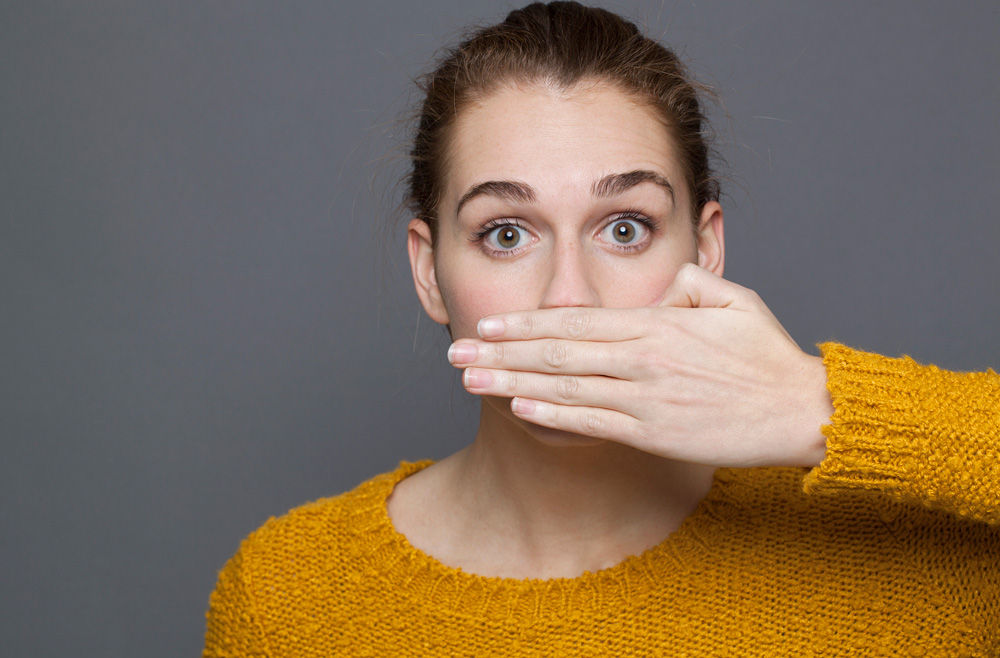
Healthy breathing is simple: take in enough air, get rid of carbon dioxide, and then let it out. Breathing is a complex process that isn’t easy to master, but with practice and determination, anyone can learn to breathe with good health. Breathing correctly, as is the case with the word itself, is a matter of paying attention to how you breathe and the specific roles that your breathing muscles play. For example, the respiratory system is separated into three main groups: the trachea, the bronchi, and the ribs. It’s important to pay attention to which group your body is operating in depending on the symptoms that you’re experiencing.
One way to describe the respiratory system is to think of it as the engine of the body. For this reason, one of the most important rules for a good breath is to always exhale while inhaling. Breathing in, rather than exhaling, is the easiest way to regulate your breathing. Breathe out, on the other hand, will cause you to draw more air into your lungs and potentially draw in more carbon dioxide. https://brynfest.com/1337x/
Different breathing patterns are intended to accomplish several things. When you take in air, you’re taking in two types of molecules-carbon dioxide and oxygen. At first glance, these sounds seem like words that don’t make much sense, but understanding the chemistry of the gases involved provides some basis for why they are breathed in. Carbon dioxide is necessary for the preservation of healthy cells, and the process of breathing in carbon dioxide helps to make these cells grow and thrive. Oxygen, on the other hand, is vital to life; without oxygen, we simply can’t survive.
There are a few different things that go on in our bodies when we breathe in and breathe out. The primary purpose of the respiratory rate, or how fast we take in breaths, is to regulate the flow of air through the lungs. This is done by increasing the amount of air that can be inhaled, forcing air through the lungs at a faster rate to push the body out of breath as necessary. Inhaled air goes directly to the muscles of the diaphragm, and the result is a temporary release of tension. Because the breathing rate must increase to force the air through the lungs, the respiratory rate also increases to fulfil the increased need for oxygen.
As the respiratory rate increases, the amount of oxygen that is breathed in increases as well. However, because there is less air available to the body, it has to work harder to get the same amount of oxygen. Ultimately, carbon dioxide is breathed out, and the result is the exhaled breath. The difference between the amount of oxygen in the breath and the amount of carbon dioxide in the breath is referred to as the exhalation volume. A high exhaled breath has essentially the same amount of oxygen as a low exhaled breath.
View this
One of the most common causes of a bad breath problem is the use of tobacco products. Cigarettes contain tar and other chemicals, which tend to build up in the smokers’ lungs over time and make the smoker’s breath smell bad. There are two ways to solve this problem: one is to quit smoking, and the other is to make sure that your mouth does not contain traces of tar or other irritants. If you are serious about quitting smoking, you can use breath mints or gum as an alternative to cigarettes, to help you get through the initial withdrawal period without too much effort. You can also increase your oral care by brushing and flossing your teeth regularly. If you want to ensure that you do not suffer from any problems related to bad breath, you can go ahead and brush your tongue, too.
Another thing that you can do to improve your breath’s odor is to exercise. Regular exercise tends to strengthen your lungs and improve your overall body function. The more your lungs have to work, the easier it is for air to reach your lungs and escape them once you exhale it. This in turn allows your lungs to efficiently remove excess oxygen from your bloodstream, thus reducing the bacteria in your mouth and keep your breath smelling fresh and clean.
To conclude, you should always ensure that your breath smells clean before you speak. Try to breathe into a paper bag whenever possible, and use a tissue to cover your nose when you cannot breathe properly. You should avoid speaking aloud if your breath is not smelling clean. Remember that there are many causes for a stinky breath problem – try to find the main cause and cure it, or you may continue to have problems with your breath for years to come. If you are experiencing a halitosis problem and are not able to resolve it with these tips, it may be time to visit a physician or dentist.